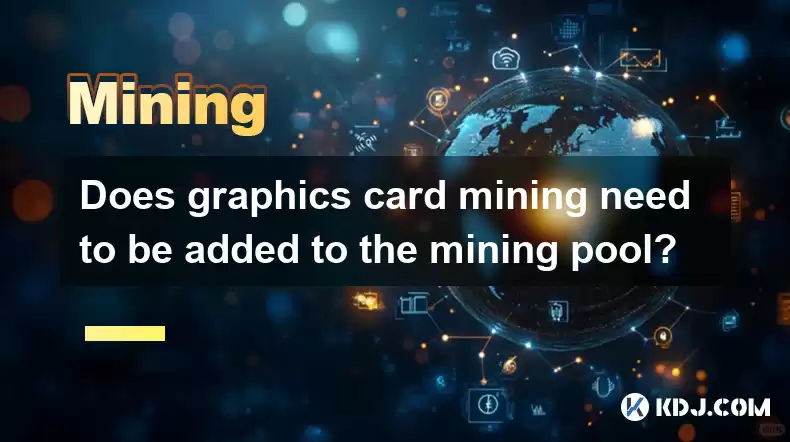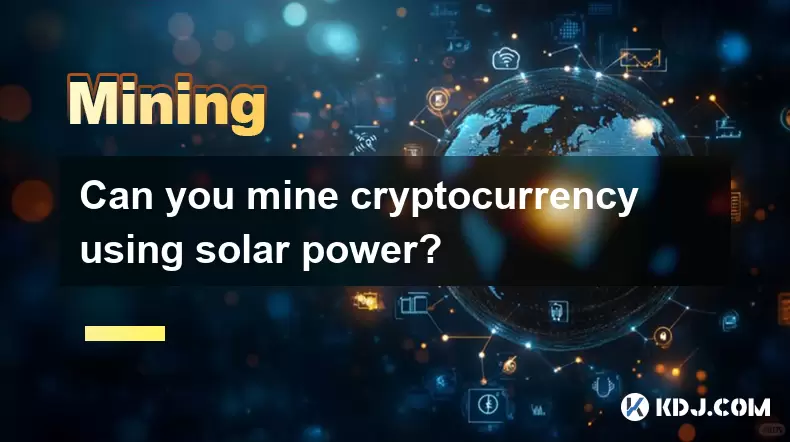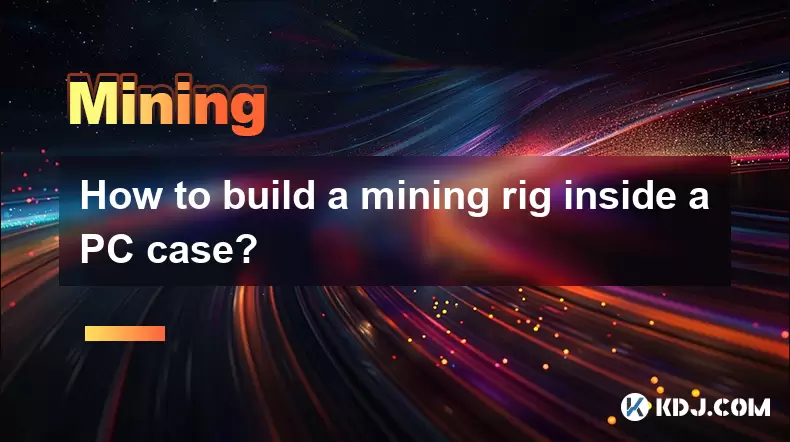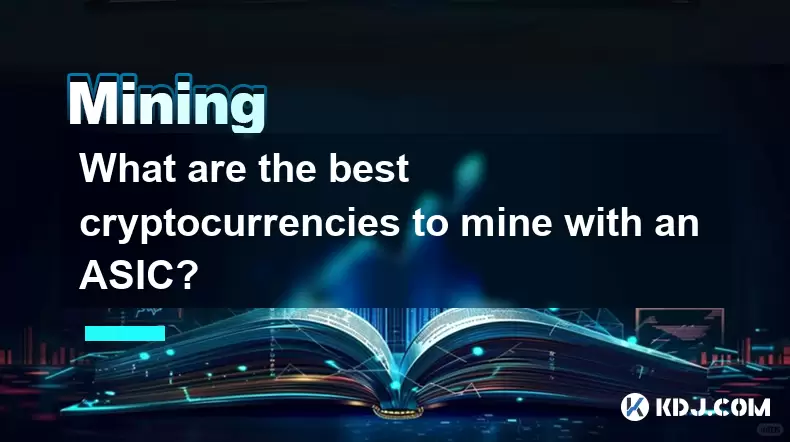-
 Bitcoin
Bitcoin $117500
2.15% -
 Ethereum
Ethereum $3911
6.19% -
 XRP
XRP $3.316
10.79% -
 Tether USDt
Tether USDt $1.000
0.01% -
 BNB
BNB $787.2
2.24% -
 Solana
Solana $175.2
4.15% -
 USDC
USDC $0.9999
0.00% -
 Dogecoin
Dogecoin $0.2225
8.40% -
 TRON
TRON $0.3383
0.28% -
 Cardano
Cardano $0.7868
6.02% -
 Stellar
Stellar $0.4382
9.34% -
 Hyperliquid
Hyperliquid $40.92
7.56% -
 Sui
Sui $3.764
7.63% -
 Chainlink
Chainlink $18.48
10.66% -
 Bitcoin Cash
Bitcoin Cash $582.1
1.88% -
 Hedera
Hedera $0.2601
6.30% -
 Avalanche
Avalanche $23.33
4.94% -
 Ethena USDe
Ethena USDe $1.001
0.02% -
 Litecoin
Litecoin $122.3
2.04% -
 UNUS SED LEO
UNUS SED LEO $8.969
-0.27% -
 Toncoin
Toncoin $3.339
0.86% -
 Shiba Inu
Shiba Inu $0.00001287
4.30% -
 Uniswap
Uniswap $10.43
7.38% -
 Polkadot
Polkadot $3.861
5.08% -
 Dai
Dai $1.000
0.02% -
 Bitget Token
Bitget Token $4.513
3.41% -
 Monero
Monero $267.7
-6.18% -
 Cronos
Cronos $0.1499
4.14% -
 Pepe
Pepe $0.00001110
5.15% -
 Aave
Aave $284.9
8.28%
Does graphics card mining need to be added to the mining pool?
For profitable GPU mining, joining a pool is essential; solo mining is extremely difficult and often unprofitable due to the low probability of successfully solving cryptographic puzzles. Choosing a reputable pool with low fees and reliable payouts is crucial for consistent earnings.
Mar 06, 2025 at 09:18 am

Key Points:
- Graphics card mining requires joining a mining pool for efficient profitability.
- Solo mining with GPUs is generally unprofitable due to the difficulty of solving complex cryptographic puzzles.
- Joining a pool distributes the mining workload and shares the rewards proportionally.
- Choosing a reputable pool is crucial for security and consistent payouts.
- Several factors influence pool selection, including fees, payout methods, and server location.
Does Graphics Card Mining Need to be Added to the Mining Pool?
The short answer is: Yes, for almost all practical purposes, adding your graphics cards to a mining pool is necessary for successful and profitable GPU mining. Solo mining, where a single miner attempts to solve cryptographic puzzles independently, is incredibly difficult and often unprofitable with GPUs. The chances of successfully mining a block solo are extremely slim, especially with the increasing difficulty of most cryptocurrencies.
Why join a mining pool? Mining pools aggregate the hashing power of many miners. This significantly increases the probability of solving a block and earning a reward. Instead of each miner working independently and potentially waiting weeks or months for a payout, the pool shares the rewards among its members based on their contributed hashing power. This "proportional payout" system ensures consistent income.
How does adding your GPU to a mining pool work? The process generally involves these steps:
- Choose a Mining Pool: Research and select a reputable pool based on factors like fees, payout frequency, and server location. Consider pools with a large hashrate for higher chances of frequent block solutions.
- Obtain Mining Software: Download and install appropriate mining software compatible with your graphics cards and chosen pool. Popular choices include Claymore's Dual Miner, TeamRedMiner, and PhoenixMiner.
- Configure Your Miner: Configure the mining software with your pool's address, your wallet address, and your worker name (a unique identifier for your mining rig).
- Connect Your GPU: Start the mining software, which will automatically begin using your GPUs to contribute to the pool's hashrate.
- Monitor Your Progress: Regularly monitor your mining software and pool statistics to track your contribution and earnings.
Selecting the right mining pool is a crucial step. Consider these aspects:
- Pool Fees: Most pools charge a fee (typically 1-3%) on your earnings. Compare fees across different pools to find a cost-effective option.
- Payout Methods: Pools offer various payout methods, such as instant payouts, scheduled payouts, or minimum payout thresholds. Choose a method that suits your preferences and mining setup.
- Server Location: Selecting a pool with servers geographically closer to you can reduce latency and improve your mining efficiency. A lower ping means faster communication with the pool and potentially higher earnings.
- Pool Hashrate: Larger pools usually have a higher chance of finding blocks more frequently, leading to more frequent payouts. However, extremely large pools may also have higher competition and slightly lower profitability per unit of hashing power.
- Pool Stability and Reputation: Look for pools with a proven track record of reliable payouts and minimal downtime. Read reviews and check community forums for feedback on different pools.
The mining software itself is a crucial component. These programs are designed to efficiently utilize your GPUs' processing power to perform the complex mathematical calculations required for mining. Different software options are optimized for different GPU architectures (AMD or NVIDIA), and some offer advanced features such as overclocking support or automatic failover to backup pools.
Security is also a key concern. Ensure you download mining software from official sources to avoid malware. Be cautious of phishing attempts and never share your private keys or wallet seed phrases with anyone, including pool representatives. Always double-check the pool's address before entering it into your mining software to avoid sending your earnings to the wrong place.
Frequently Asked Questions:
Q: What happens if my GPU fails while mining in a pool? A: Most reputable pools have mechanisms to handle miner disconnections. Your earnings will be calculated based on your contribution before the failure, and you can resume mining once your GPU is operational again.
Q: Can I mine multiple cryptocurrencies with one GPU in a pool? A: Yes, some mining software allows you to switch between different cryptocurrencies being mined by the pool. However, you'll usually need to reconfigure your miner settings for each different coin.
Q: How often do mining pools pay out rewards? A: Payout frequencies vary depending on the pool. Some pools offer instant payouts, while others have scheduled payouts (e.g., daily, weekly) or minimum payout thresholds.
Q: Are there any risks associated with joining a mining pool? A: Yes, there is a risk of pool operator dishonesty, although reputable pools are less likely to engage in such practices. Additionally, there’s a risk of pool downtime, which can temporarily disrupt your mining activity.
Q: What if I choose a poorly performing mining pool? A: A poorly performing pool might have lower chances of finding blocks, leading to less frequent or smaller payouts. It might also have higher fees or unreliable payouts. Switching to a different pool is always an option.
Q: Can I mine without joining a pool? A: Yes, you can solo mine, but it is extremely unlikely to be profitable, especially with GPUs due to the high difficulty and low probability of finding blocks.
Q: What factors determine my profitability in a mining pool? A: Your profitability is determined by factors like your GPU's hash rate, the pool's fees, the cryptocurrency's price, and the network's difficulty.
Disclaimer:info@kdj.com
The information provided is not trading advice. kdj.com does not assume any responsibility for any investments made based on the information provided in this article. Cryptocurrencies are highly volatile and it is highly recommended that you invest with caution after thorough research!
If you believe that the content used on this website infringes your copyright, please contact us immediately (info@kdj.com) and we will delete it promptly.
- SNEK, Cardano, and the Contributor's Conundrum: A Meme Coin's Fight for Recognition
- 2025-08-08 16:30:12
- Toshi Crypto's Wild Ride: Rally, Demand Slump, and What's Next
- 2025-08-08 16:30:12
- Ethereum, Staking Yields, and DeFi Exposure: A New Era for Investors?
- 2025-08-08 15:10:12
- Unilabs Pumps MIA, Binance Coin Bouncing Back, and Ethereum's Bearish Blues
- 2025-08-08 15:10:12
- Ethereum's Wyckoff Markup and Market Rotation: A New Era?
- 2025-08-08 15:30:12
- Ethereum, Vitalik Buterin, and the Overleveraged Game: A Balancing Act
- 2025-08-08 15:30:12
Related knowledge

What is "proof-of-work" and how does it relate to mining?
Aug 07,2025 at 02:03pm
Understanding the Concept of Proof-of-WorkProof-of-work (PoW) is a consensus mechanism used in blockchain networks to validate transactions and secure...

What are the differences between mining on Windows vs. Linux?
Aug 06,2025 at 11:29pm
Overview of Cryptocurrency Mining PlatformsCryptocurrency mining involves using computational power to solve complex cryptographic puzzles and validat...

How to use an old computer for cryptocurrency mining?
Aug 07,2025 at 12:42pm
Understanding the Feasibility of Using an Old Computer for MiningUsing an old computer for cryptocurrency mining may seem outdated, but it is still te...

Can you mine cryptocurrency using solar power?
Aug 07,2025 at 12:00am
Understanding the Basics of Cryptocurrency MiningCryptocurrency mining involves validating transactions on a blockchain network by solving complex cry...

How to build a mining rig inside a PC case?
Aug 06,2025 at 11:01pm
Understanding the Basics of a Mining Rig in a PC CaseBuilding a mining rig inside a PC case involves transforming a standard computer chassis into a d...

What are the best cryptocurrencies to mine with an ASIC?
Aug 08,2025 at 01:22am
Understanding ASIC Mining and Its Role in CryptocurrencyASIC stands for Application-Specific Integrated Circuit, a specialized hardware designed to pe...

What is "proof-of-work" and how does it relate to mining?
Aug 07,2025 at 02:03pm
Understanding the Concept of Proof-of-WorkProof-of-work (PoW) is a consensus mechanism used in blockchain networks to validate transactions and secure...

What are the differences between mining on Windows vs. Linux?
Aug 06,2025 at 11:29pm
Overview of Cryptocurrency Mining PlatformsCryptocurrency mining involves using computational power to solve complex cryptographic puzzles and validat...

How to use an old computer for cryptocurrency mining?
Aug 07,2025 at 12:42pm
Understanding the Feasibility of Using an Old Computer for MiningUsing an old computer for cryptocurrency mining may seem outdated, but it is still te...

Can you mine cryptocurrency using solar power?
Aug 07,2025 at 12:00am
Understanding the Basics of Cryptocurrency MiningCryptocurrency mining involves validating transactions on a blockchain network by solving complex cry...

How to build a mining rig inside a PC case?
Aug 06,2025 at 11:01pm
Understanding the Basics of a Mining Rig in a PC CaseBuilding a mining rig inside a PC case involves transforming a standard computer chassis into a d...

What are the best cryptocurrencies to mine with an ASIC?
Aug 08,2025 at 01:22am
Understanding ASIC Mining and Its Role in CryptocurrencyASIC stands for Application-Specific Integrated Circuit, a specialized hardware designed to pe...
See all articles

























































































